41 10 point rating scale labels
Stop Debating the Survey Question Scale: Why a 0-10 Scale is … 10.01.2017 · Here are the general reasons why my default assumption is to always use a 0 – 10 scale for rating attributes on customer feedback questionnaires: Anchors: For web-based surveys, people generally don’t read the text anchors – they go through the survey quickly – and the science shows us that people know that a rating of 0 is the bad end on a 0-10 scale. Survey rating scales: numbered vs worded lists | SurveyMonkey With worded labels, the researcher has the freedom to score and label categories however they feel without confusing the respondent. Scaling can also be unbalanced, and the scoring could look something like this: Extremely Good = 10 Very Good = 8 Good = 6 Not Bad = 5 Bad = 3 The Worst = 0
› blog › three-tips-forYour Guide to Rating Scale Questions in 2022 - Qualtrics Even on an 11-point (0-10) scale respondents start to have difficulty reliably placing themselves, lowering the rating scale quality. ... Going back to the goals of survey rating scale points and their labels, we want all respondents to easily interpret the meaning of each scale point and for there to be no room for different interpretations ...
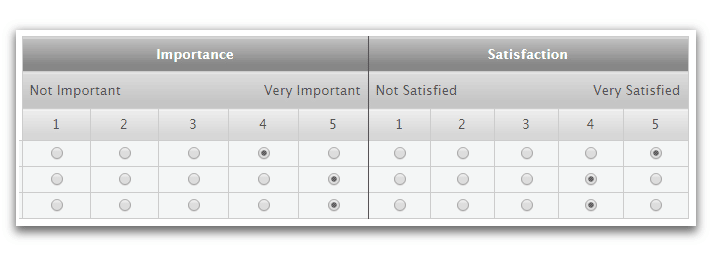
10 point rating scale labels
waypointgroup.org › why-a-0-10-scale-is-your-bestStop Debating the Survey Question Scale: Why a 0-10 Scale is ... Jan 10, 2017 · In the customer’s mind, there’s a difference between a rating of 6 and a rating of 7 (for example) that you can’t capture on a 5-pt scale. So, on an 11-pt scale (i.e. 0 – 10), you’ll get a much broader spread of the results yielding better predictive analysis. Types of Measurement Scale MCQ [Free PDF] - Objective 12.09.2022 · Hence Rubrics is the name for the type of checklist or rating scale that expresses criteria on some point-scale to determine the quality of the performance of a student. Additional Information . Rubrics use a set of criteria to evaluate a student's performance. They consist of a fixed measurement scale and a detailed description of the characteristics for each level of … Rating Scales For Performance Reviews - Crewmojo But here's the thing, when using a 10 point rating scale you may wish to break the results into 3 categories just like the NPS algorithm . A rating of 1 to 6 equates to below expectations, a 7 or 8 equates to meeting expectations, and a 9 or 10 equates to exceeding expectations.
10 point rating scale labels. Employee Performance Rating Scales in 2022: Examples & Definitions Overall performance ratings are given on a 5-point scale, observing employees with performances that are: 5 = Leading. 4 = Strong. 3 = Solid. 2 = Building. 1 = Not Meeting Expectations. Goals are also tracked using a 3-point rating scale that measures whether a goal or project was on time, on budget, and accomplished. ppcexpo.com › blog › 5-point-likert-scale-anal5 Point Likert Scale Analysis, Interpretation and Examples Also, on your part, the 5 point scale works well when sampling the opinions of a large audience. It is so because you have lesser irrelevant options to go through and understand. 3. The 5 point scale tends to produce better data distributions. This just means that you can reach into the true emotions of your respondents with the 5 point scale. Scaling Techniques - Definition, Types - The Investors Book 14.05.2019 · Dichotomous: A nominal scale that has only two labels is called ‘dichotomous’; for example, Yes/No. ... Semantic Differential Scale: A bi-polar seven-point non-comparative rating scale is where the respondent can mark on any of the seven points for each given attribute of the object as per personal choice. Thus, depicting the respondent’s attitude or perception towards … 1-to-10 rating scale survey template - Survicate 1-to-10 Rating Scale Survey Template 🚀 Survicate 1-to-10 rating scale survey template Use this template See all templates Interact with the survey template below to see how it works: No time limit on the free plan Set up in minutes No credit card required Find out what your customers think of you with our 1-to-10 rating scale survey template.
Likert Scale Questionnaire Template | 10-Point Likert Scale - SurveySparrow Some examples of Semantic Scale are: Agree - Disagree, Helpful - Not Helpful, Excellent - Poor, Satisfied - Dissatisfied, Always - Never, and Highly Likely - Highly Unlikely. Number rating scales can have 10 points, 7 points, or 5 points to measure the opinion of the target audience. 4. Test repeatedly Behaviorally Anchored Rating Scale: A Full Guide with Examples 23.08.2022 · Other scales exist, ranging from three performance levels to 10 or more. About fifteen years ago, an engineering company insisted on a point rating scale from 0.01 to 10.00 with two decimals. Their justification was that their engineers enjoyed the “illusion of precision”. › blog › rating-scaleRating Scale: Definition, Methods and examples- Voxco Aug 19, 2021 · Assign clear and precise labels to the endpoints of your scale. Avoid response bias by including both endpoints in your question ( satisfied/dissatisfied, easy/not easy, likely/not likely, etc). It’s better to make 1 the negative and the other end 5 or 10 as the positive point. User Experience Rating Scales with 7, 11, or 101 Points: Does It Matter? Typically, a VAS is a 10-cm line with the marked position converted to a 101-point scale (0-100). Multipoint rating items are widely employed in user experience (UX) research. The use of the VAS, on the other hand, is relatively rare. It seems possible that the continuous structure of the VAS could offer some measurement advantages.
Survey Response Scales: How to Choose the Right One - CXL 17.04.2022 · How you design a survey or a form will affect the answers you get. This includes the language you use, the order of the questions, and, of course, the survey scale: the default values and ranges you use. Survey response scales can be embedded in the survey (e.g., 1–5, 1–10, etc.), chosen via a drop-down menu, or included as part of the survey language. How to Label Response Scale Points in Your Survey | Qualtrics Here's an example of a seven-point bipolar scale where, through the use of appropriate modifiers, all responses are mutually exclusive of one another. Finally, to ensure that you get the highest-quality data possible, keep these four guidelines in mind as you practice labeling response scales: The 4,5, and 7 Point Likert Scale + [Questionnaire Examples] - Formpl A 10 point Likert scale will offer more variance than a smaller Likert scale, provide a higher degree of measurement precision and provide a better opportunity to detect changes and more power to explain a point of view. ... Scale Rating; The Rate scale records how much or how well it happened. The scale usually has several points ranging from ... Top 10 Likert Scale Examples for your next survey! | QuestionPro The range provided in this scale is used to gain insights about respondent feelings and opinions. Agreement, frequency, likelihood, quality, or importance can be measured using a Likert scale with corresponding anchors. Scales can be either a unipolar Likert scale or a bipolar Likert scale. Likert scale examples:
5 Point Likert Scale Analysis, Interpretation and Examples Also, on your part, the 5 point scale works well when sampling the opinions of a large audience. It is so because you have lesser irrelevant options to go through and understand. 3. The 5 point scale tends to produce better data distributions. This just means that you can reach into the true emotions of your respondents with the 5 point scale.
Nutri-Score - Wikipedia The Nutri-Score, also known as the 5-Colour Nutrition label or 5-CNL, is a five-colour nutrition label, and an attempt to simplify the nutritional rating system demonstrating the overall nutritional value of food products. This system was selected by the French government in March 2017 to be displayed on food products after it was compared against several labels proposed by industry …
Likert Scale Definitions and Examples. Use them for free. - AidaForm The size of a Likert scale may vary, but scales with odd numbers of points prevail as they can have a midpoint (neutral answer). An even number of labels, as in a 4-point or 6-point Likert scale, make respondents choose strictly between "for" or "against". Most commonly, survey specialists use a 5-point scale (see examples A, B, D).
Performance Rating Scale | How to build a fail proof ... - unremot Let us see one of the types of rating scale examples 1-5, 1 - Poor 2 - Needs Improvement 3 - Meets expectations 4 - Exceeds requirement 5 - Exceptional work In the above rating scale 1-5 example, we can see that there are two categories for employees who weren't able to meet expectations.
20 Free Ready-Made Survey Rating Scale Examples | On a Scale of 1 to 10 ... The most commonly used Graphic Scales indicate the answer options on a scale of 1 to 10 and 1 to 5. The stars and numbers represent a quantity that can be averaged and analyzed similarly to Linear Numeric Scales. How would you rate your experience with AidaForm website? 1 - Awful, 3 - Neutral, 5 - Great
15 Common Rating Scales Explained - MeasuringU Here are 15 scales, in roughly the order of most to least commonly used. 1. Linear Numeric Scale In a linear numeric scale, participants provide some numeric response to a question or statement. This can include things like satisfaction, ease, brand favorability, feature importance, or likelihood to recommend.
Rating Scale: Definition, Survey Question Types and Examples Rating scale is defined as closed-ended survey question used to represent respondent feedback in a comparative degree of a particular feature/product/service. Learn about rating scale question types, examples, uses and advantages. ... 5 Point Likert Scale; Customer Experience: It is important to collect information about customer experience. It ...
Top 3 rating scales for employee performance review | Profit.co 3. 10-Point Rating Scale. This option is somewhat similar to the 5-point system. However, it has more options and resembles the action of a school test. 10-point scales are less common than the other two options stated above, but they are still used in many offices. A 10-point scale has certain benefits that other scales do not offer.
Level of measurement - Wikipedia Level of measurement or scale of measure is a classification that describes the nature of information within the values assigned to variables. Psychologist Stanley Smith Stevens developed the best-known classification with four levels, or scales, of measurement: nominal, ordinal, interval, and ratio. This framework of distinguishing levels of measurement originated …
theinvestorsbook.com › scaling-techniquesScaling Techniques - Definition, Types - The Investors Book May 14, 2019 · The range of a Stapel scale is between -5 to +5 eliminating 0, thus confining to 10 units. For example, A tours and travel company asked the respondent to rank their holiday package in terms of value for money and user-friendly interface as follows: With the help of the above scale, we can say that the company needs to improve its package in ...
Your Guide to Rating Scale Questions in 2022 - Qualtrics 15.01.2021 · It should be easy to interpret the meaning of each scale point - i.e. the meaning of scale points should be interpreted identically by all respondents. 2. Using the right rating scale. The breakdown of each rating scale type above should give you an idea of how you can incorporate these into your survey (see the bolded text for a quick reference). However, if …
How to Label Your 10-Point Scale - Versta Research Plenty of research shows that numeric scales going from 1 to 10 (ten points) are less effective than numeric scales going from 0 to 10 (eleven points). A recently published article in Survey Practice adds more evidence to that claim, and also suggests that the midpoint of the scale should be labeled along with the endpoints:
Rating Scale: Definition, Methods and examples- Voxco 19.08.2021 · Assign clear and precise labels to the endpoints of your scale. Avoid response bias by including both endpoints in your question ( satisfied/dissatisfied, easy/not easy, likely/not likely, etc). It’s better to make 1 the negative and the other end 5 or 10 as the positive point.
cxl.com › blog › survey-response-scalesSurvey Response Scales: How to Choose the Right One - CXL Apr 17, 2022 · It’s not even a 10-point scale. It’s an 11-point scale, because 10 was not big enough. This is called a Net Promoter Score, and with Net Promoter Scores, if you look at the industry averages that everybody wants to compare themselves to, the low end is typically in the mid-60s and the high end is typically in the mid-80s.
Should All Scale Points Be Labeled? - MeasuringU They didn't disentangle the effects of labels and number of points but ultimately recommended that Statistics Netherlands use a ten-point scale with only the endpoints labeled for both international comparability and the increased ability to discriminate between happy and unhappy gained from adding more points.
Sample Likert Scales - Marquette University Frequency - 7 point. 1 - Never. 2 - Rarely, in less than 10% of the chances when I could have. 3 - Occasionally, in about 30% of the. chances when I could have. 4 - Sometimes, in about 50% of the chances when I could have. 5 - Frequently, in about 70% of the. chances when I could have. 6 - Usually, in about 90% of the chances I ...
› blog › behaviorally-anchored-rating-scaleBehaviorally Anchored Rating Scale: A Full Guide with Examples Aug 23, 2022 · The most commonly used scale is the five-level graphic rating scale. It is a value of 1 to 5, with a brief label for each level. It is a value of 1 to 5, with a brief label for each level. In the past, typical labels were “satisfactory,” “average”, “excellent”, “superior”, and “unacceptable”.
Rating Scales For Performance Reviews - Crewmojo But here's the thing, when using a 10 point rating scale you may wish to break the results into 3 categories just like the NPS algorithm . A rating of 1 to 6 equates to below expectations, a 7 or 8 equates to meeting expectations, and a 9 or 10 equates to exceeding expectations.
Types of Measurement Scale MCQ [Free PDF] - Objective 12.09.2022 · Hence Rubrics is the name for the type of checklist or rating scale that expresses criteria on some point-scale to determine the quality of the performance of a student. Additional Information . Rubrics use a set of criteria to evaluate a student's performance. They consist of a fixed measurement scale and a detailed description of the characteristics for each level of …
waypointgroup.org › why-a-0-10-scale-is-your-bestStop Debating the Survey Question Scale: Why a 0-10 Scale is ... Jan 10, 2017 · In the customer’s mind, there’s a difference between a rating of 6 and a rating of 7 (for example) that you can’t capture on a 5-pt scale. So, on an 11-pt scale (i.e. 0 – 10), you’ll get a much broader spread of the results yielding better predictive analysis.
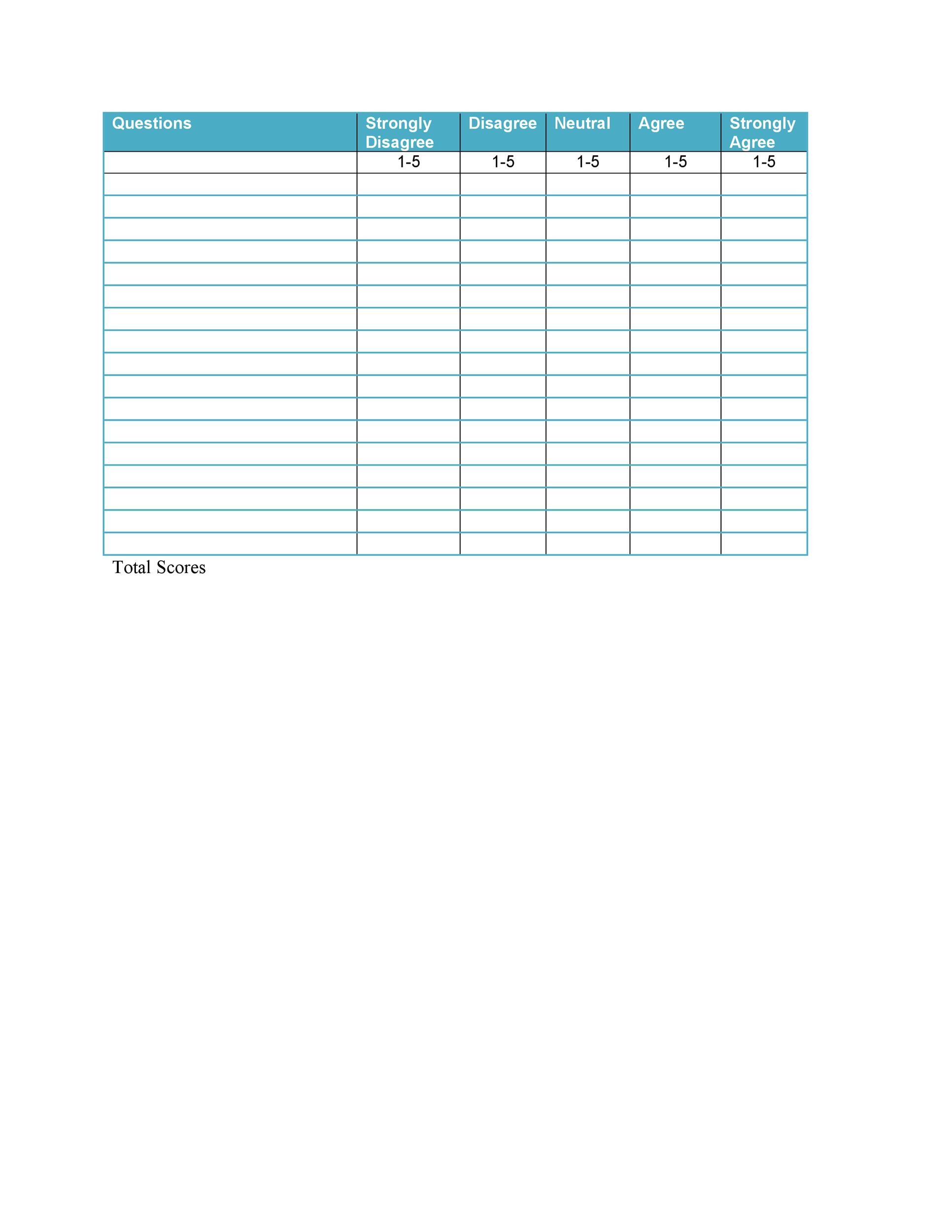

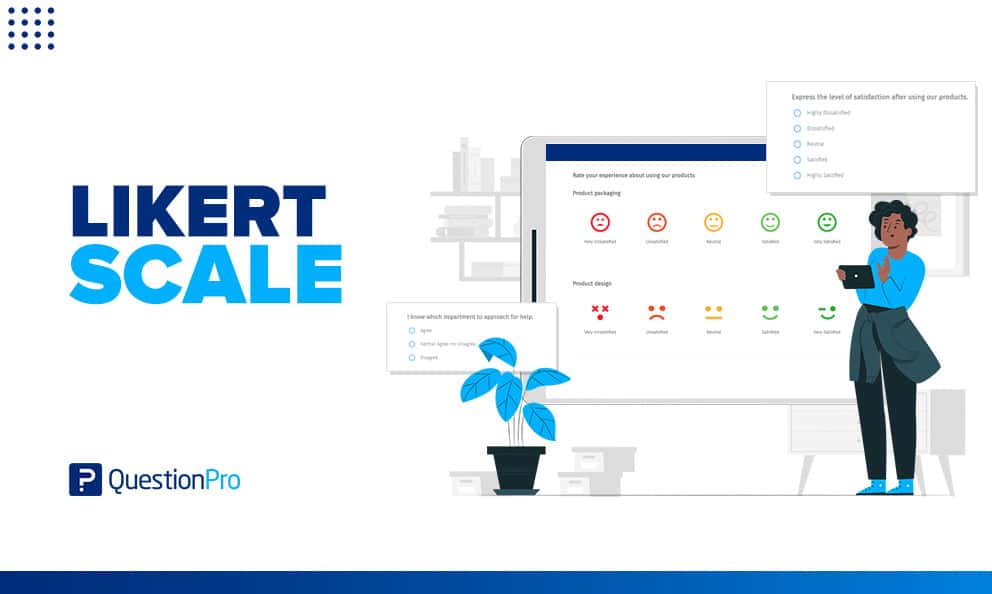
![The 4,5, and 7 Point Likert Scale + [Questionnaire Examples]](https://i0.wp.com/storage.googleapis.com/fplsblog/Likert%20Scale/5-point-likert-scale-customer-satisfaction.jpg?resize=800%2C536&ssl=1)

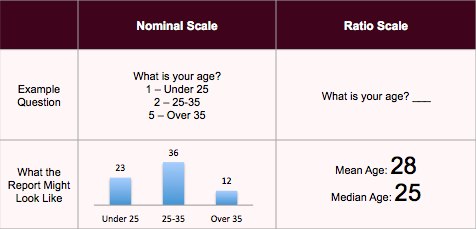
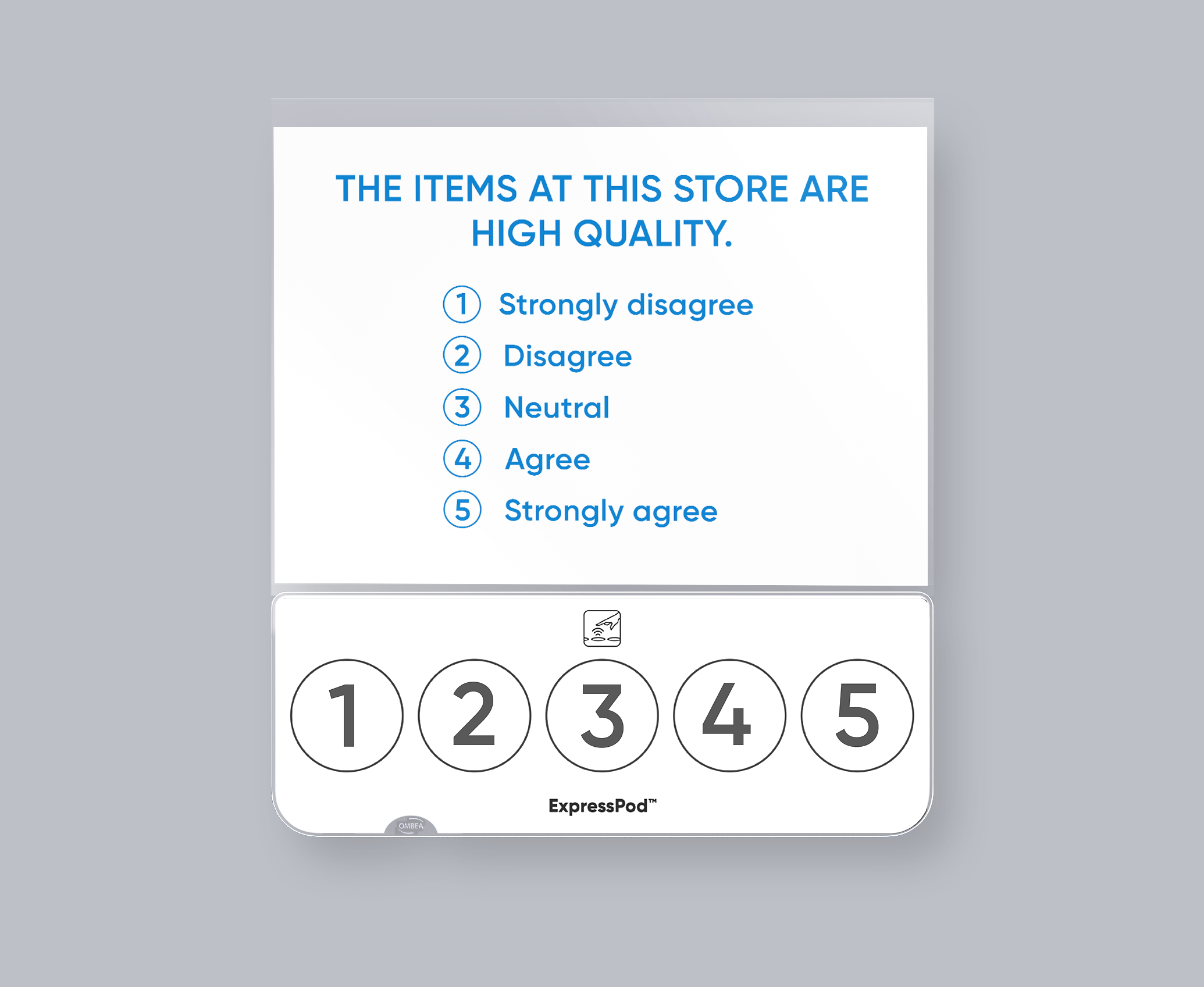
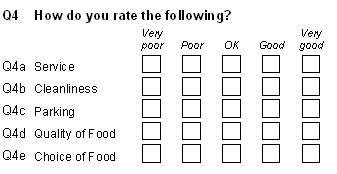

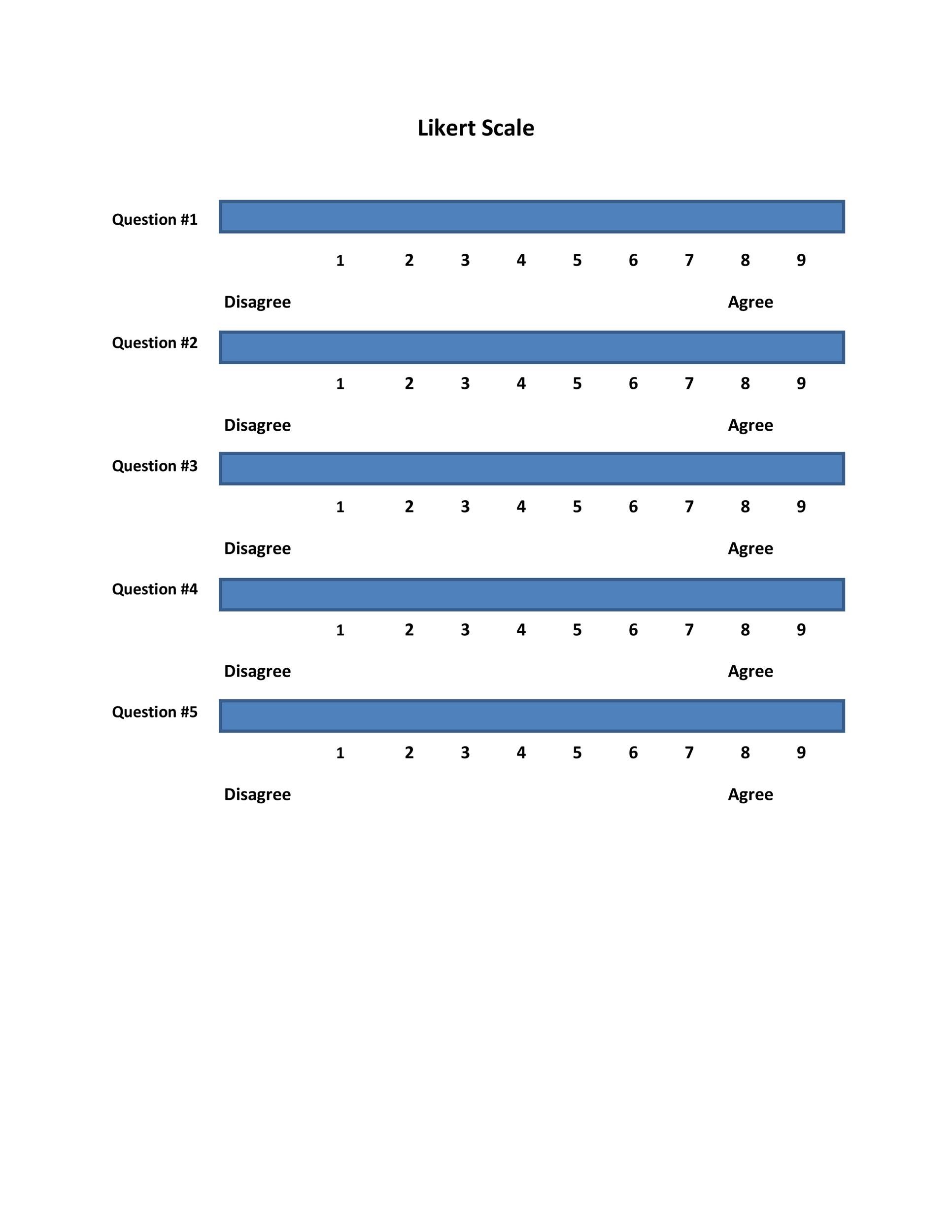






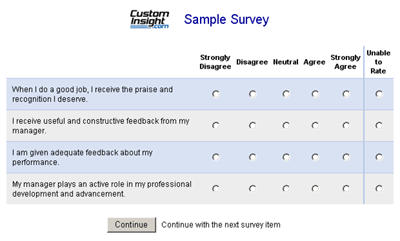






![What Is a Likert Scale? [With Real-Life Likert Scale Examples]](https://wpforms.com/wp-content/uploads/2018/07/what-is-a-likert-scale_b.png)
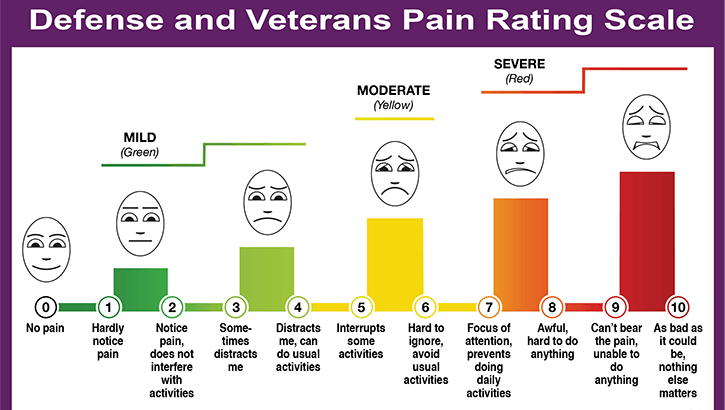
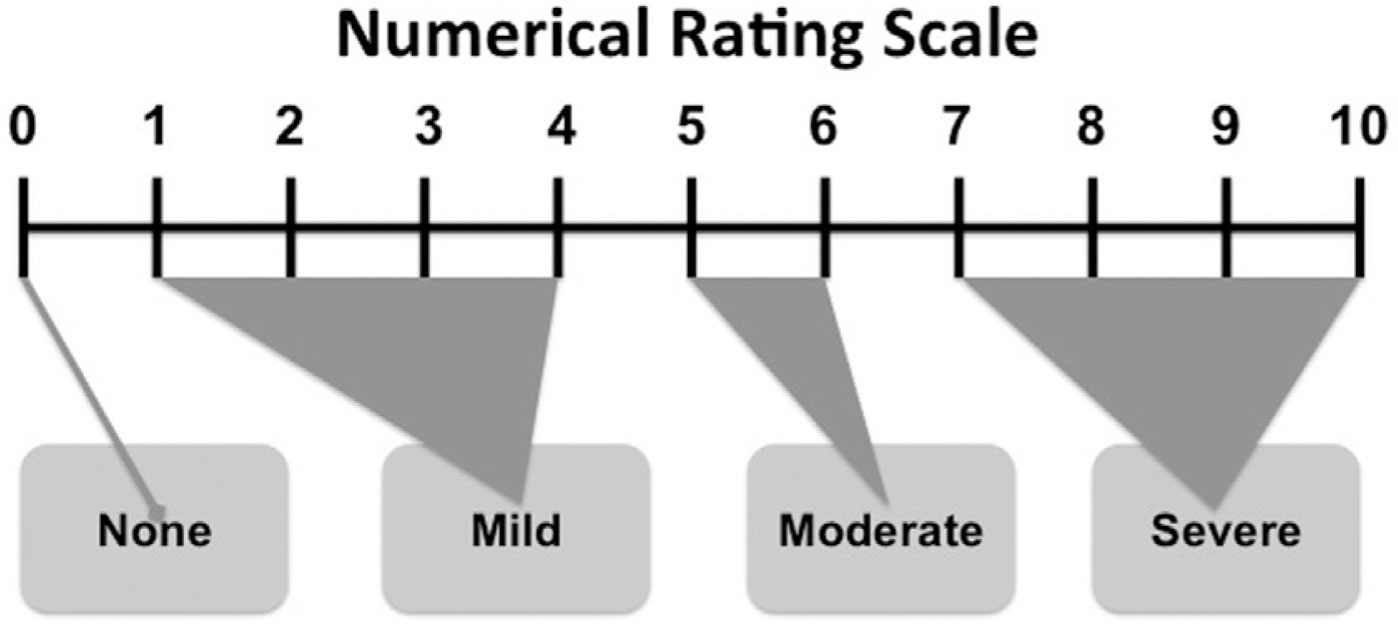



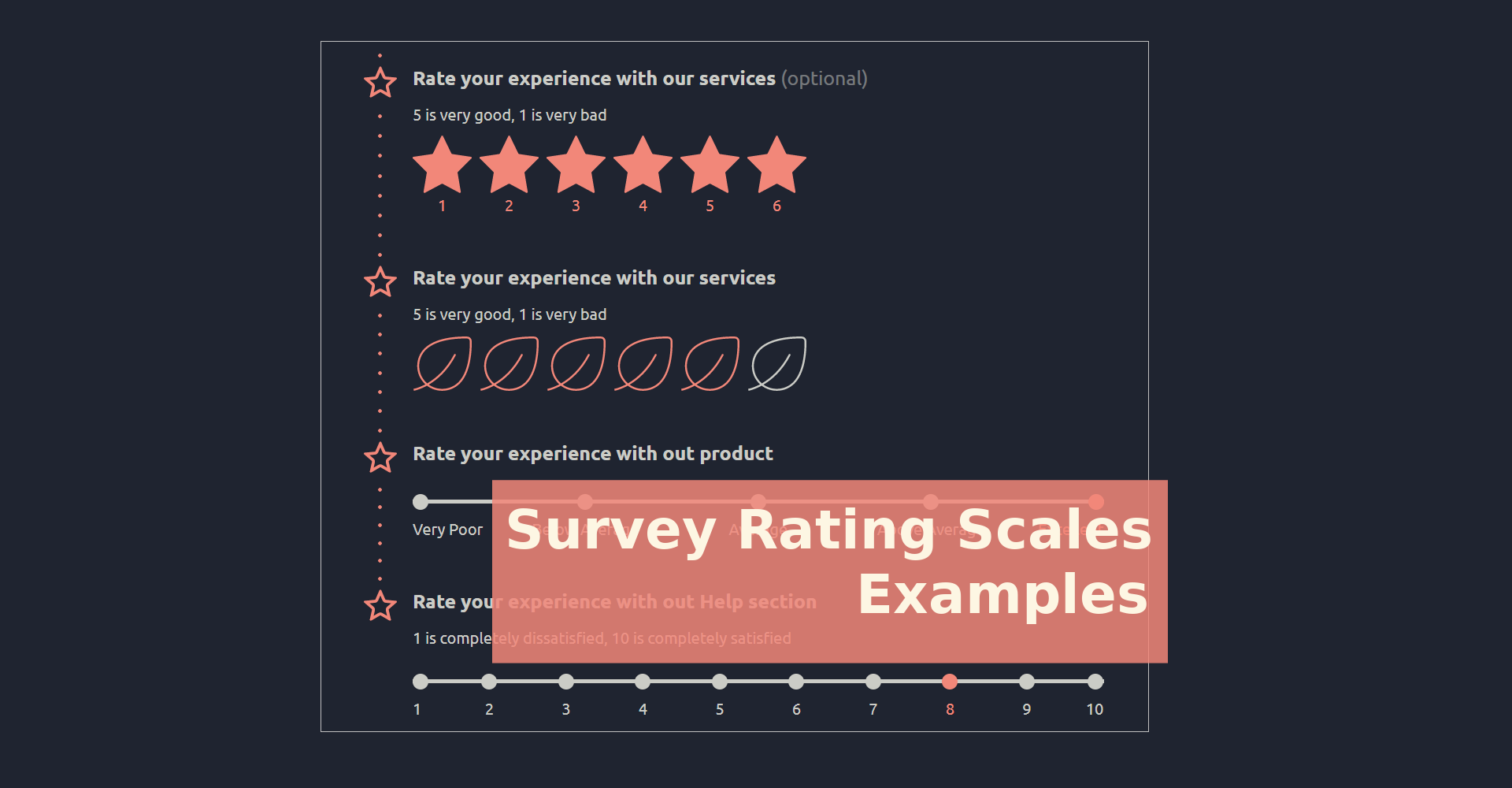


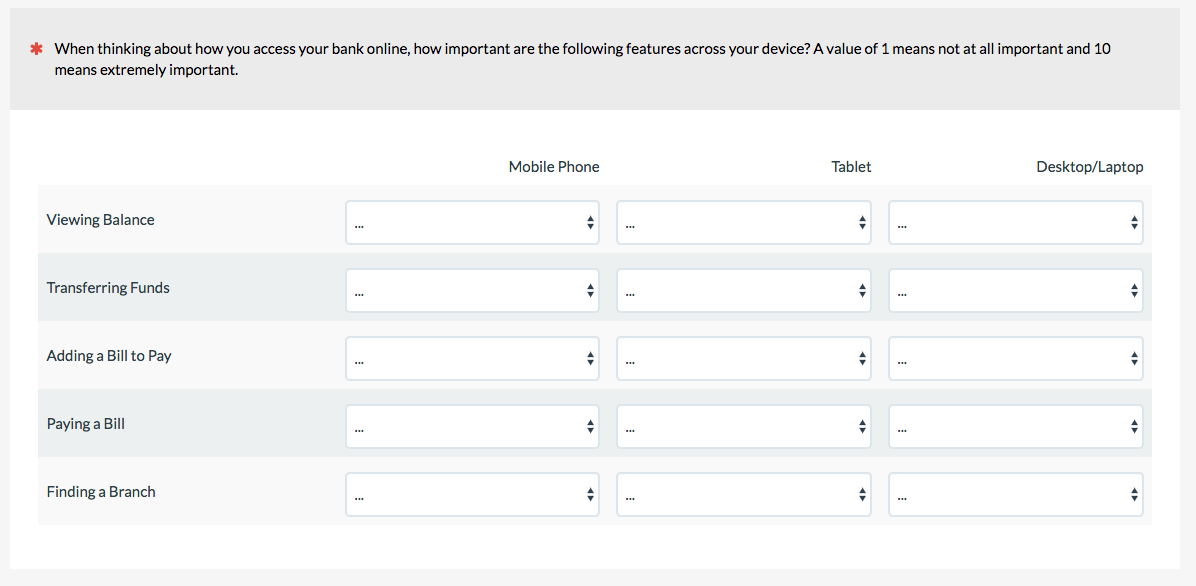


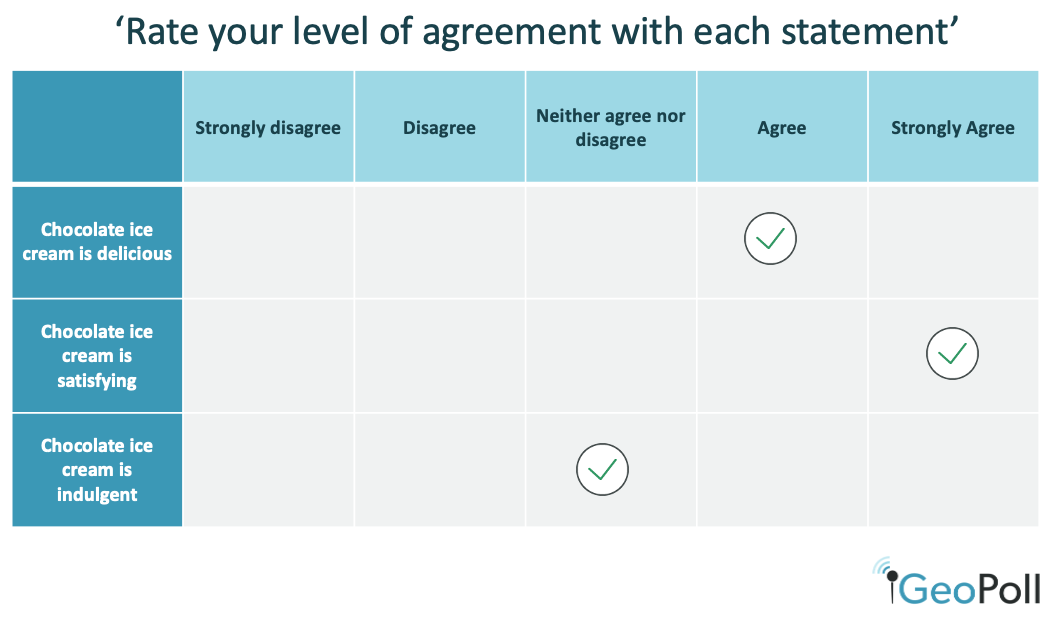
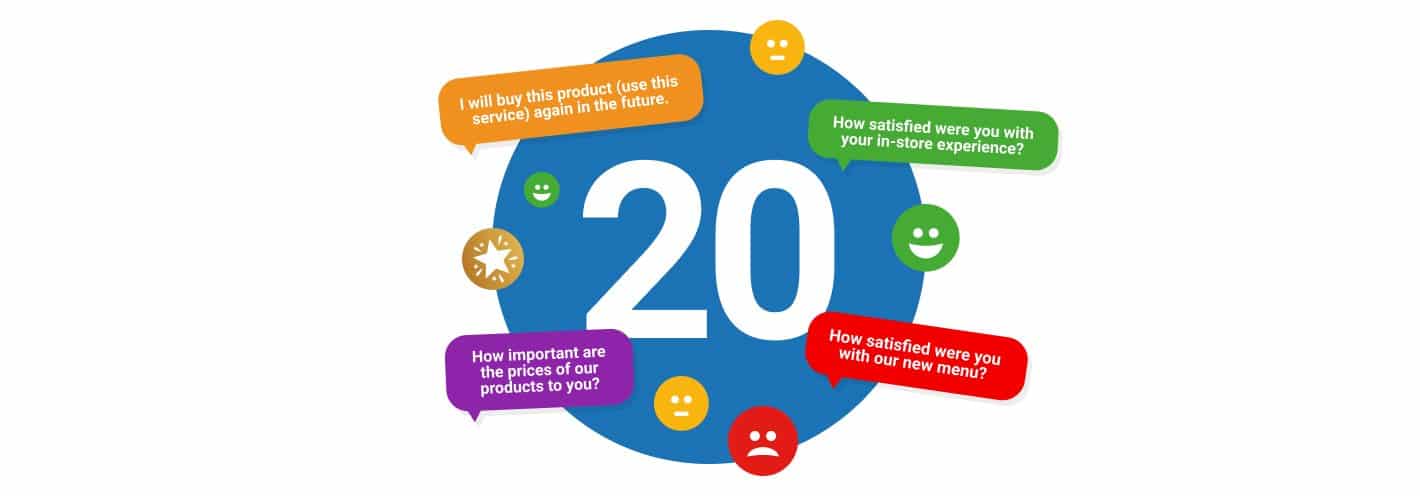
Post a Comment for "41 10 point rating scale labels"